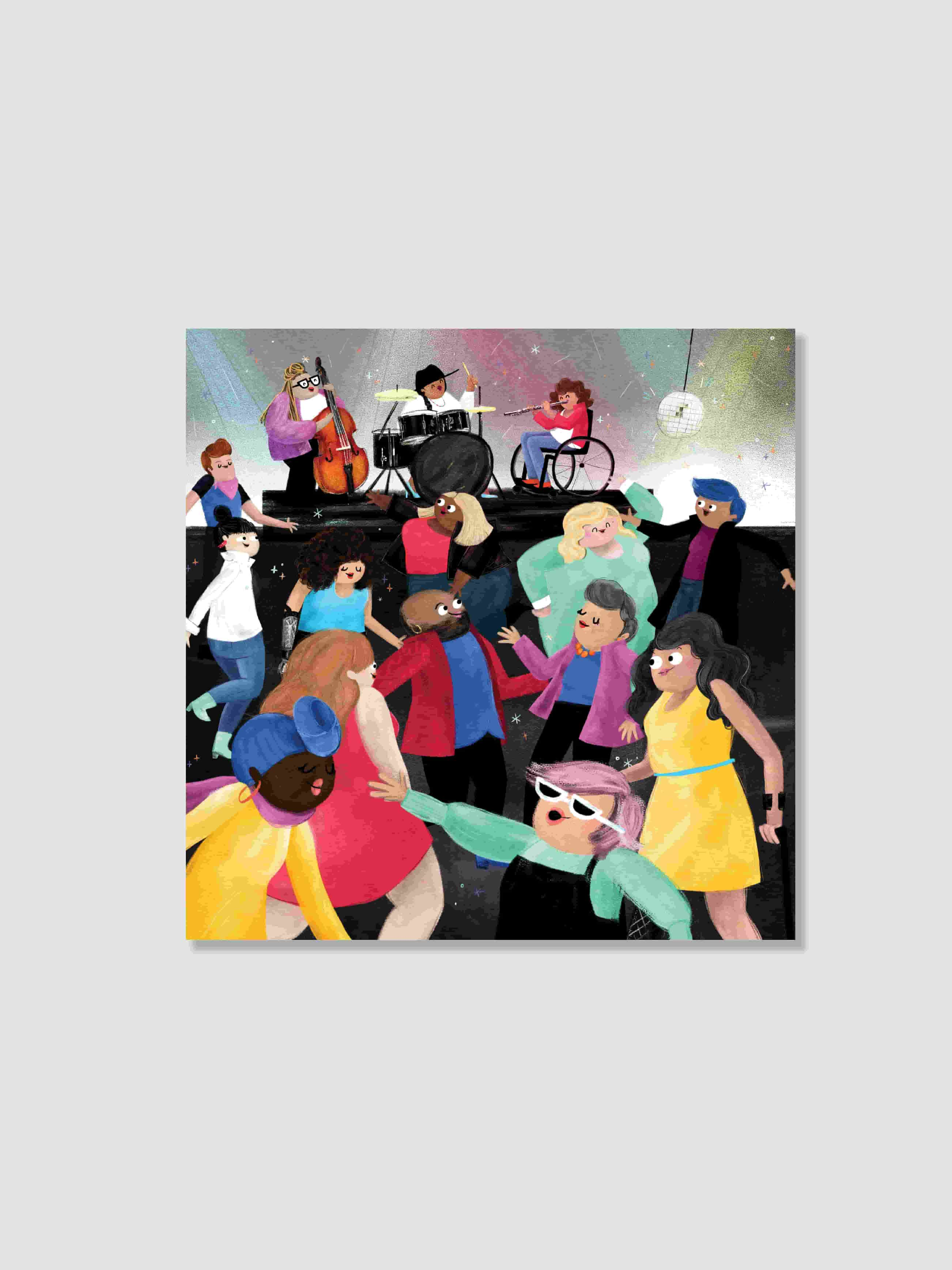
Meet The Illustrator Who Turned Universal Standard Customers Into Art
Alison Hawkins, as told to Universal Standard Editorial Director Amanda Richards
On growing her career as an illustrator and designer…
I grew up being an artsy kid — lots of drawing and painting and plenty of support and encouragement for my hobby. My parents are both big appreciators of art and music, and I think they are very creative in their own ways. I studied art history and anthropology in school and thought I might work in an art museum, but instead later found my way into graphic design. I took a couple of online classes and started my own jewelry company so I could learn web design. Then I worked at smaller companies where I tried to learn as much as possible. Eventually, I landed a job at American Greetings as a product designer. I worked on greeting cards for kids and just made so much work while I was there. I've been freelance for almost three years now. It’s been a slow build, working on a variety of projects for a variety of clients.
On illustrating What Would Fashion Look Like If It Included All Of Us?
Last year, I illustrated two children's books. I tend to make illustrations that are very silly, sincere, cute, and funny. I found that I really love making art for kids while I was working at American Greetings. Valentine's Day cards for kids are still one of my favorite things to illustrate. I also love to do hand lettering and mess around with animation.
I don't think I've worked on another illustration project like this book, where I had to paint so many people. That was intimidating and challenging. But, we were working under a condensed schedule, so I had to just go for it. No time for fear or overthinking sometimes is helpful! For references, I started with the Universal Standard photography. I love the photos from the subway campaign; I lived in New York a while ago, and being on the train or just walking around and people watching was always very inspiring to me.
I also love all of the different models Universal Standard uses on the product pages. I don't think there is another clothing company where you can see the complete range of sizes on people modeling them. The creative team also pointed me towards some people in the fashion industry they wanted to honor in the book. Of course, I also went down the Instagram/Pinterest rabbit hole and had a huge folder of screenshots of people I thought had great style.
When I was working on the book, the photoshoot was probably my favorite spread to illustrate. I love anything that shows the "behind the scenes" of any type of creative product — art, food, shows, fashion. If there is a fashion documentary, I've seen it — maybe more than once!

We dream of a world where clothing connects instead of divides, where every person has access to clothing that works for them, and we’re all kinder to ourselves, each other and the planet. The book distills that mission of inclusivity for future generations.











